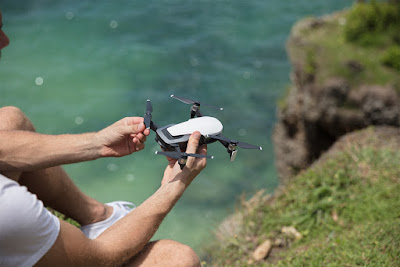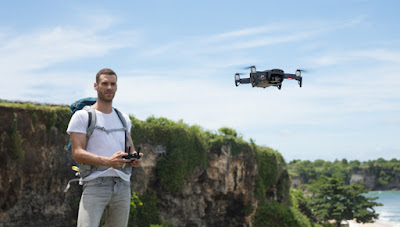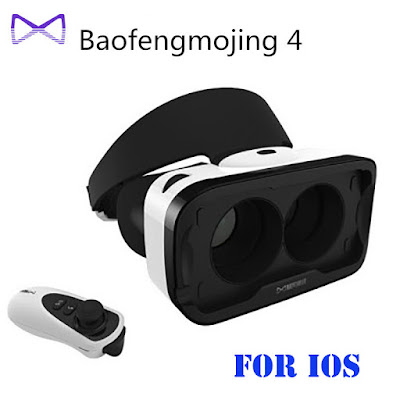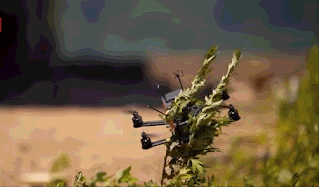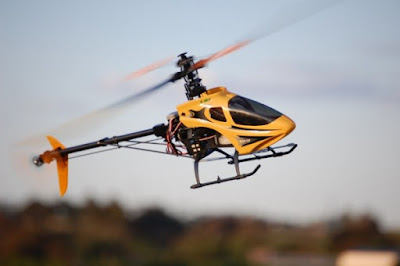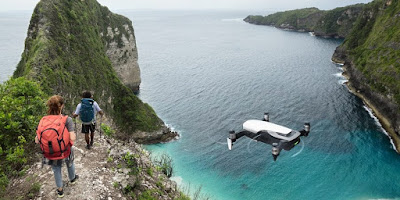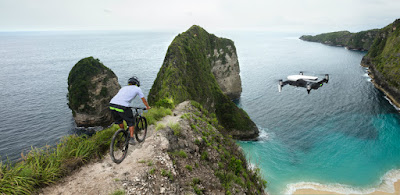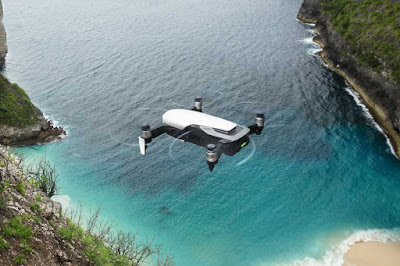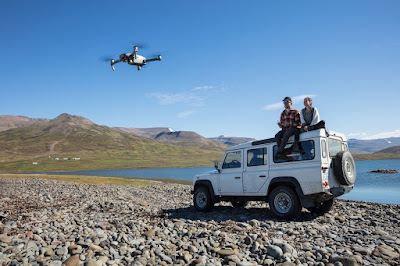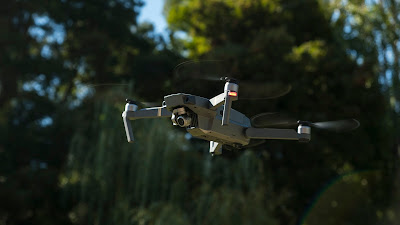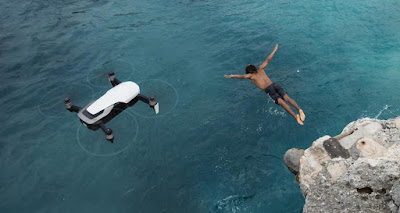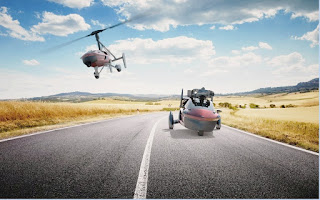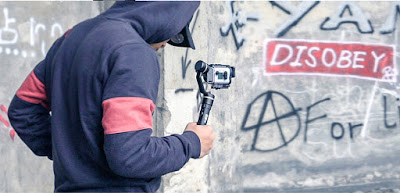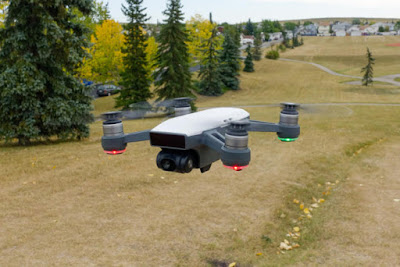Small drones
They are bigger than the micro-drones, but still quite small. They do not exceed 2 meters in length and usually have fixed wings. Small in size and powerful, they can be thrown into the air by hand, from where they continue to slide easily in the air.
Medium drones
These are smaller planes than light planes, but still quite big. They usually have to be carried by two people and can weigh up to 200 kg.
Great drones
These types of drones are as big as a small plane. The military frequently uses these drones and sends them to high-risk areas instead of fighter jets containing officers. Surveillance functions can also be exercised by these drones through extremely powerful cameras attached to their bodies that can study an area of several hundred feet in the air.
The scope refers to the distance of the user from which a drone is able to fly. You can choose from several options for the amount of range you want your drone to have, including:
Very close range
Toy drone usually falls into this category. These drones have a range of about 5 km. They can stay in the air for 20 minutes or more, up to an hour.
Short range
These can be controlled up to 50 km from the user. A powerful battery allows them to stay in the air for up to 6 hours. The army often uses these drones.
Middle range
Drones that can be controlled at 150 km are known as short-range drones. They can stay in the air for up to 12 hours and are another breed of drones that are popular for the purpose of spying and surveillance.
You can control these drones from as far as 650km! While surveillance is a natural use of these drones, they are also a popular choice for collecting scientific data relating to the weather and geology of a particular region.
